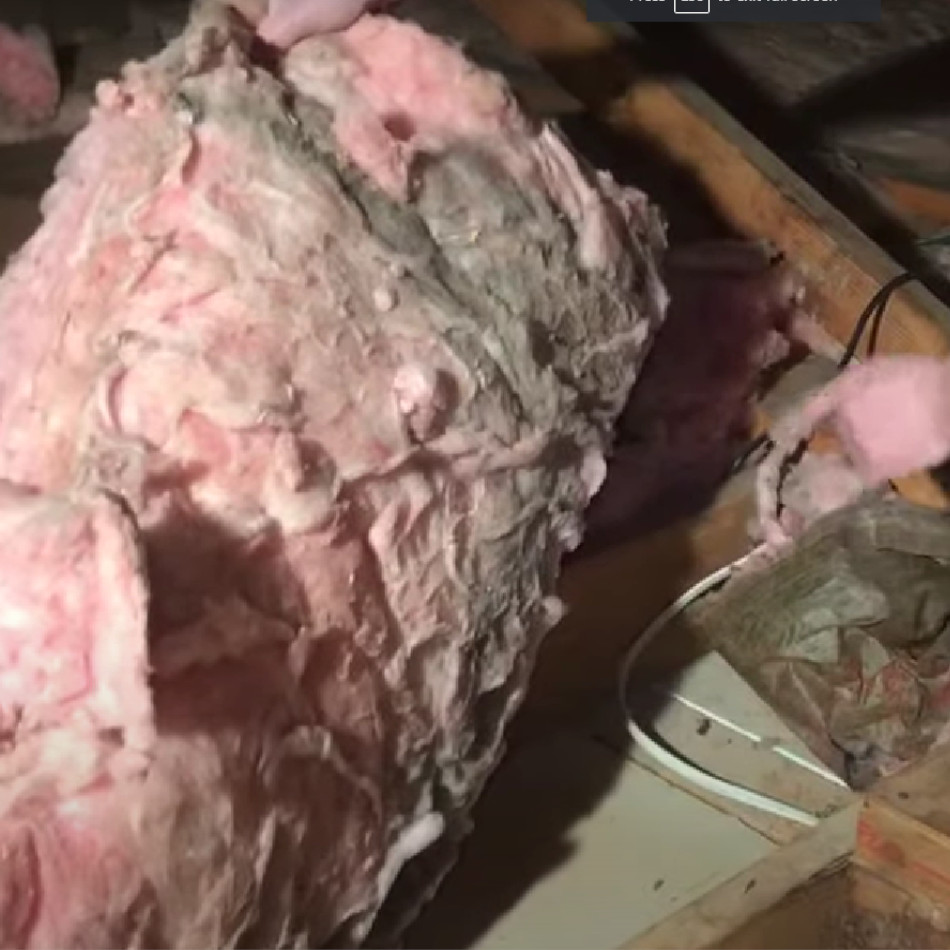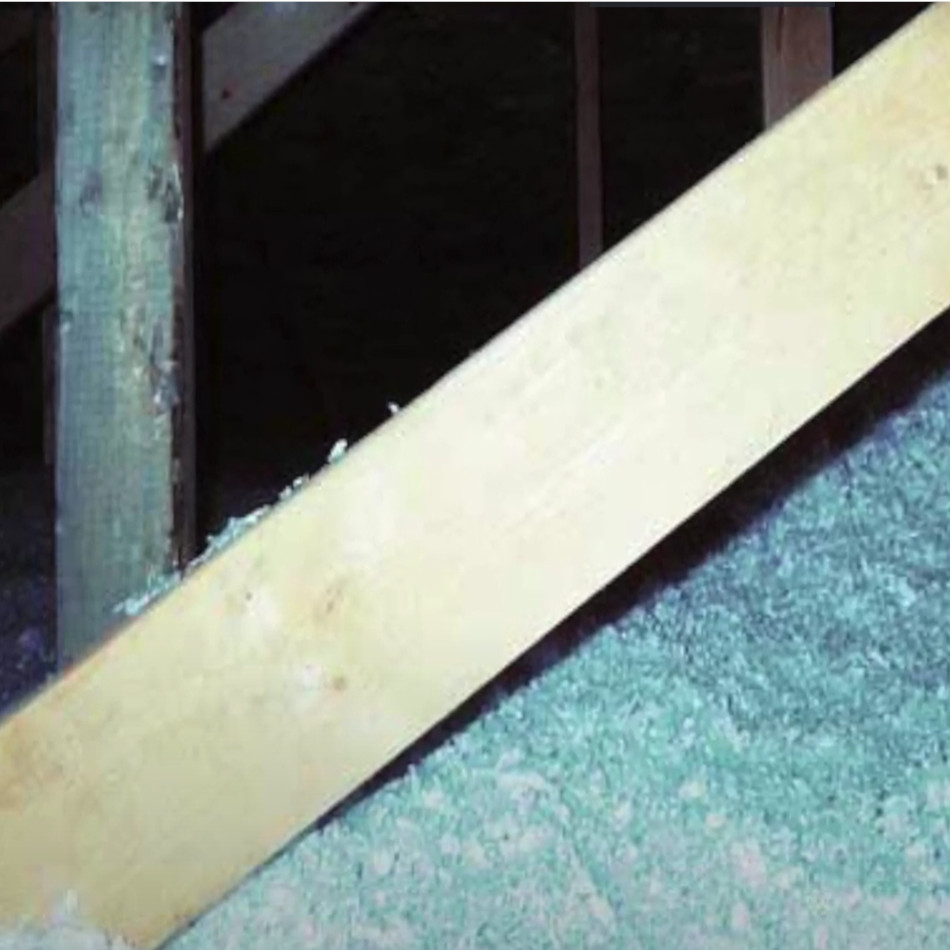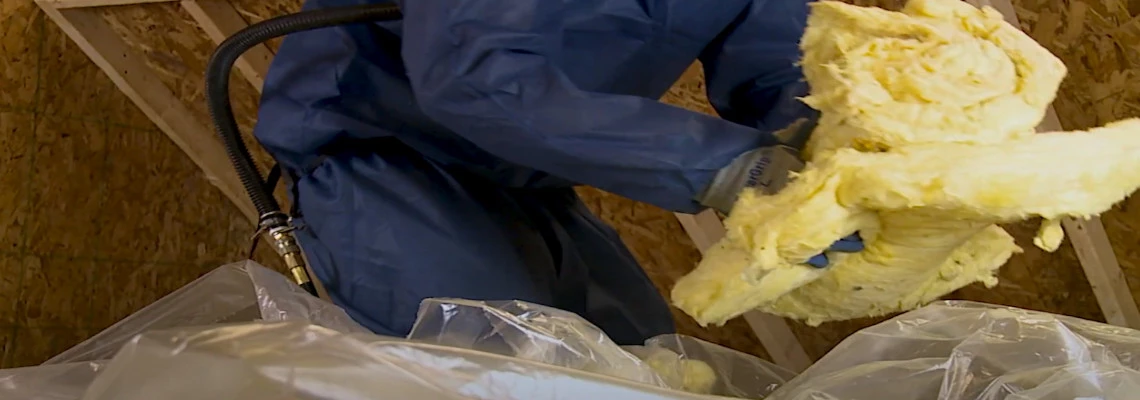
WHEN SHOULD I REPLACE HOME INSULATION?*
Nothing lasts forever. Same with the insulation. While it has a long lifespan, it does not last forever. With time, your insulation settles and loses its thermal resistance or R-Value depending on the material. This reduces the efficiency of your insulation and may result in inflated energy expenses. When your insulation isn’t working properly, your heating and cooling system will work extra hard to maintain the right temperatures in your home.
Exchanging insulation looks to be quite challenging from an insulation standpoint. A lot of older homes in the UK may be very challenging. You just don’t know what obstacles or what kind of air sealing opportunities you can find up there. In this article we will explain to you breathily when you should get an old insulation out and start from scratch. We also want to give you some tips that you should think about before even insulating your loft. Let’s find.
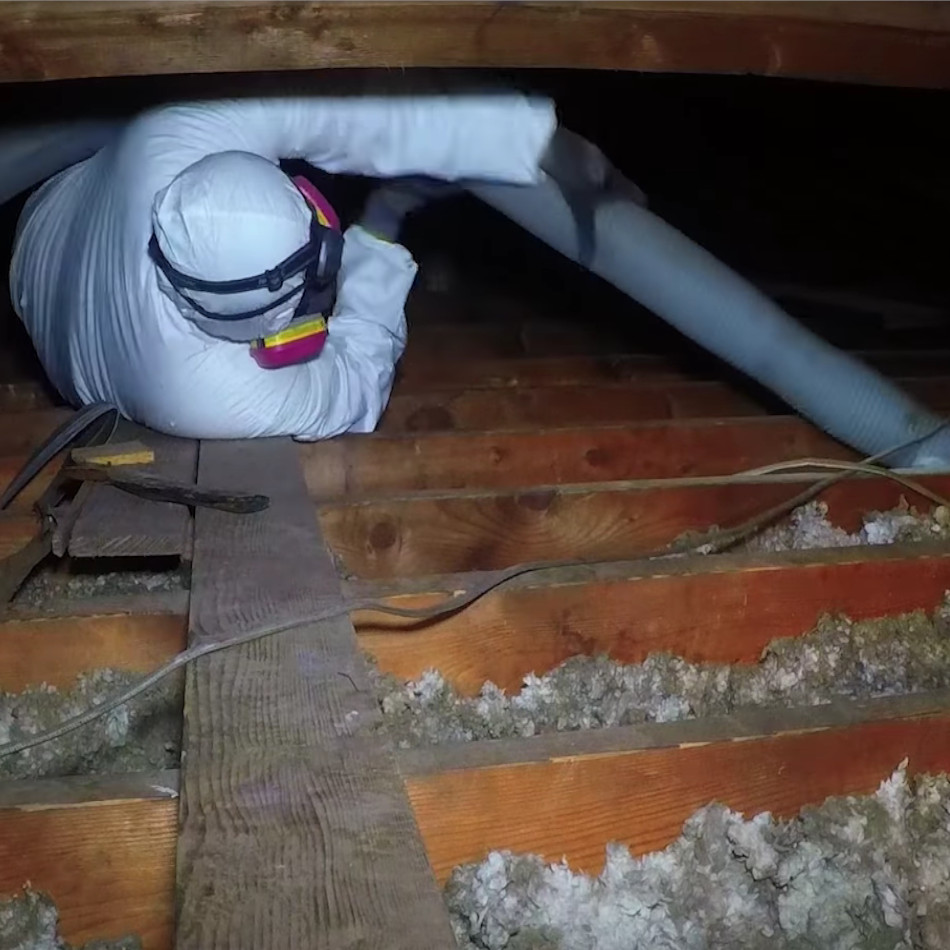
 TABLE OF CONTENTS
TABLE OF CONTENTS
- WHEN SHOULD I REPLACE HOME INSULATION?
- IS IT WORTH REPLACING OLD INSULATION?
- 8✔ COMMON SIGNS YOUR OLD INSULATION NEEDS TO BE REMOVED
- HOW OFTEN SHOULD ATTIC INSULATION BE REPLACED?
- HOW LONG DOES THE FIBERGLASS INSULATION LAST?
- HOW LONG DOES THE BLOWN IN INSULATION LAST?
- HOW LONG DOES THE SPRAY INSULATION LAST?
- HOW MUCH DOES IT COST TO REPLACE THE INSULATION?
- DOES INSULATION NEED TO BE REPLACED IF IT GETS WET?
- DO I NEED TO REMOVE OLD INSULATION BEFORE INSTALLING NEW?
- HOW THICK SHOULD BE THE LOFT INSULATION?
IS IT WORTH REPLACING OLD INSULATION?
Generally speaking, replacing old insulation may not be worth it if old insulation is dry, free of dust and it is not squashed. In this case, its removal isn’t necessary. In fact, it can be quite beneficial to leave old insulation. Leaving old insulation in place will mean that you continue to benefit from it whilst also having an additional layer of insulation on top. Therefore, try to lay new insulation crossways, if the old insulation is to joist depth.
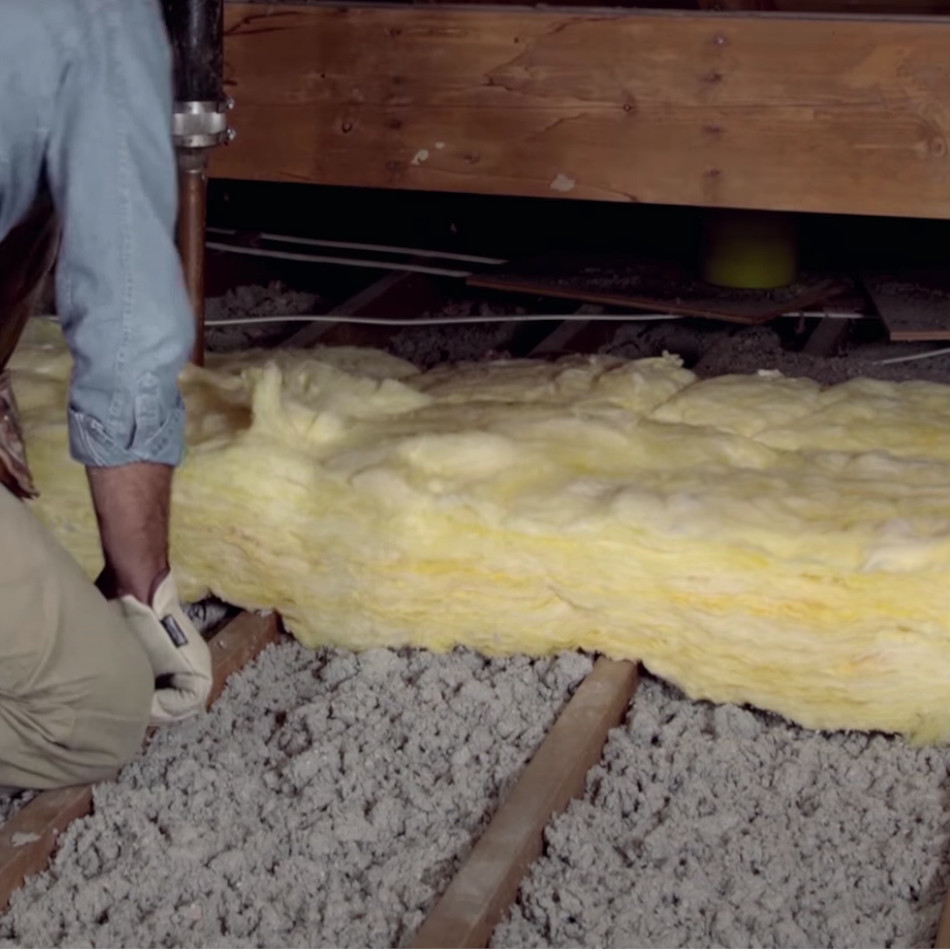
That way they will cover gaps that there may have been in the old insulation. However, if you find that old insulation is wet, it is worth replacing it. Leaving old wet insulation there and placing new insulation on top will cause the dampness to spread. This will only lead to mould and consequently higher gas bills. Bearing in mind the increasing costs of heating, replacing the insulation with a new one is always a good idea and worth considering. The more so that the investment in new insulation pays off after 4 years of use.
8✔ COMMON SIGNS YOUR OLD INSULATION NEEDS TO BE REMOVED
There are those instances where you do want to have it removed. Reason why you should remove existing insulation include:
- Fire damage.
- Water damage.
- Higher energy use than usual.
- Rodents getting up in the loft messing up the insulation.
- Hazardous old insulation that has the potential to have asbestos in it.
- Insulation squashed by storage boards, slumped insulation.
- Insulation falling apart.
- If insulation have got dust that’s been filtered through it you probably need to replace it.
You should keep a close watch on it and be prepared to replace it if it appears to have been affected by any of the issues mentioned above.
National Physics Laboratory is calculated that if you squash the insulation down to 100mm, then it will result in a 50% reduction in performance.
HOW OFTEN SHOULD ATTIC INSULATION BE REPLACED?
If you ask yourself, how long a manufacturer may say that their material will last, it is really complicated question because, if you look at any type of material, let’s say fibreglass insulation, very commonly found in a lot of UK houses, a lot of manufacturers would probably say that that material, if in ideal situations and if installed in a proper way, can last a hundred years or more. In practice, any type of contractor would tell you there’s no way that fibreglass insulation would last inside an existing house.
There’s all types of different variables that come into play. So that is where a lot of this gets really complicated. If you asked an average contractor this question, you probably get different answers. So here’s some easy guidelines you can go by if considering how often you should replace your insulation.
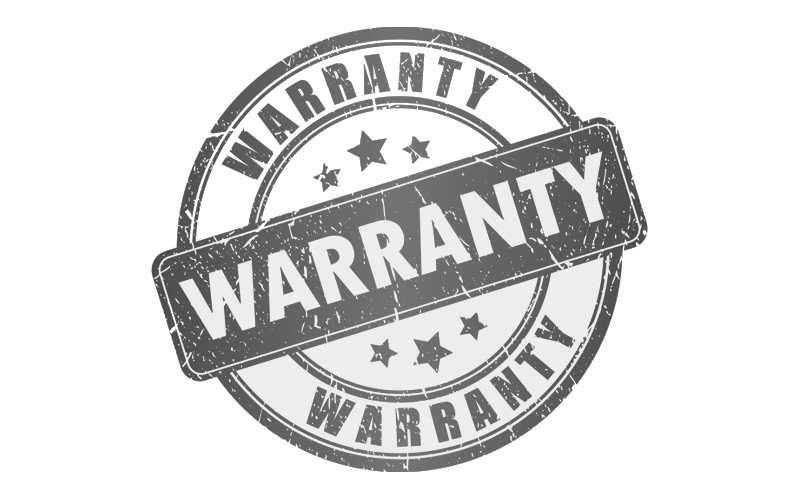
HOW LONG DOES THE FIBERGLASS INSULATION LAST?
Generally speaking if you have fibreglass that’s seven to ten years old, it probably needs to be replaced, if at least needs to be readjusted, maybe resealed or enstapled. So you should at very least be checking it out in that seven to ten-year mark.
HOW LONG DOES THE BLOWN IN INSULATION LAST?
Blown in attic insulation products like cellulose, fiber glass and rock wool are made of loose fibres and contain air pockets between them. Blown in insulation absorbs more water than fiberglass or stone wool, which makes it settle quicker and lose its R-Value much faster than other types of insulation.
If you have cellulose insulation, general rule of thumb, again, ten to fifteen years before you need to add layers on top because it has broken down or settled. However, with cellulose, keep in mind that in your loft you get drifting. What does that mean? You basically get air that comes into your attic and it pushes the cellulose up against the walls, chimney or whatever’s in your loft. So, for that reason, at least every other year you should go up in your attic and check out that cellulose or if it is shifted. Once blown in insulation is wet, it needs replacement regardless of age.
HOW LONG DOES THE SPRAY INSULATION LAST?
If you have spray foam installed, in practice, it shouldn’t need to be replaced (if it is installed properly). You can usually tell right as it’s applied if it’s installed properly. In normal situations spray foam insulation shouldn’t need to be replaced for the lifetime of the building.
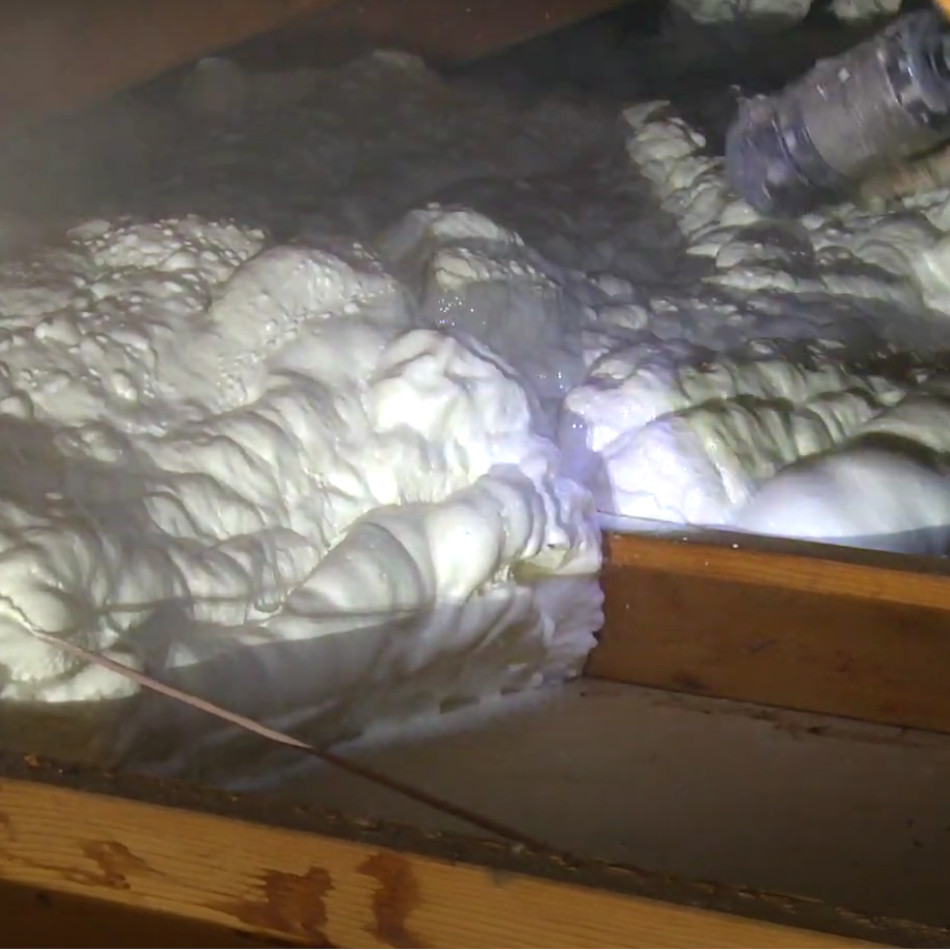
HOW MUCH DOES IT COST TO REPLACE THE INSULATION?
The cost of home insulation varies greatly depending on a number of factors including the type and material chosen for the insulation. The two most common options used in UK lofts are glass wool and PIR.
If you are about to insulate your loft to recommended 270mm thickness, you should be looking to spend not more than £1200 including labour. This option includes fibreglass insulation.
Next common option to insulate your loft is to use a PIR rigid board. Again, you should be ready to spend around £2500. That is twice as much as fibreglass. However, PIR is used in the majority of cases as a higher thermal performance can be achieved with less material (100mm+50mm).
DOES INSULATION NEED TO BE REPLACED IF IT GETS WET?
One of the most common causes of insulation degradation is water damage. If you experience roof leaks resulting in moisture damage, wet insulation will need replacement. Moisture damage can accelerate the settling of your insulation. Once moisture and mould will form on your glass wool insulation, it becomes stringy as the fibres start to separate. Wet insulation will quickly grow mould and thereafter release harmful mycotoxins into the air. The pockets of air naturally found in the material also become plugged with water, making the insulation ineffective. You need to replace damp insulation no matter how old it is.
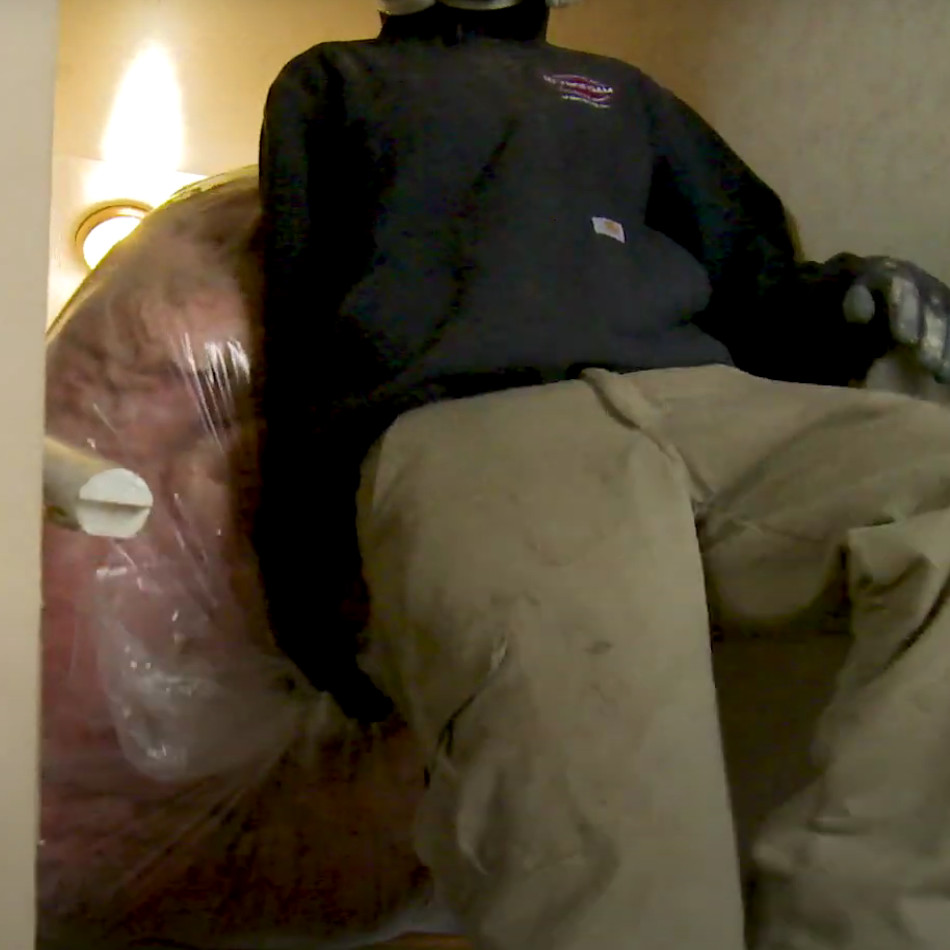
DO I NEED TO REMOVE OLD INSULATION BEFORE INSTALLING NEW?
Well, the simple answer is yes, you do. Here are a few quick points why you definitely want to get that out of there.
First of all, it’s probably the original insulation from when your house was built. That means that it’s probably been there for a long time. What does that mean? It's probably been through a lot of pets, it's been through a lot of different things that have gotten into and likely stayed in that insulation.
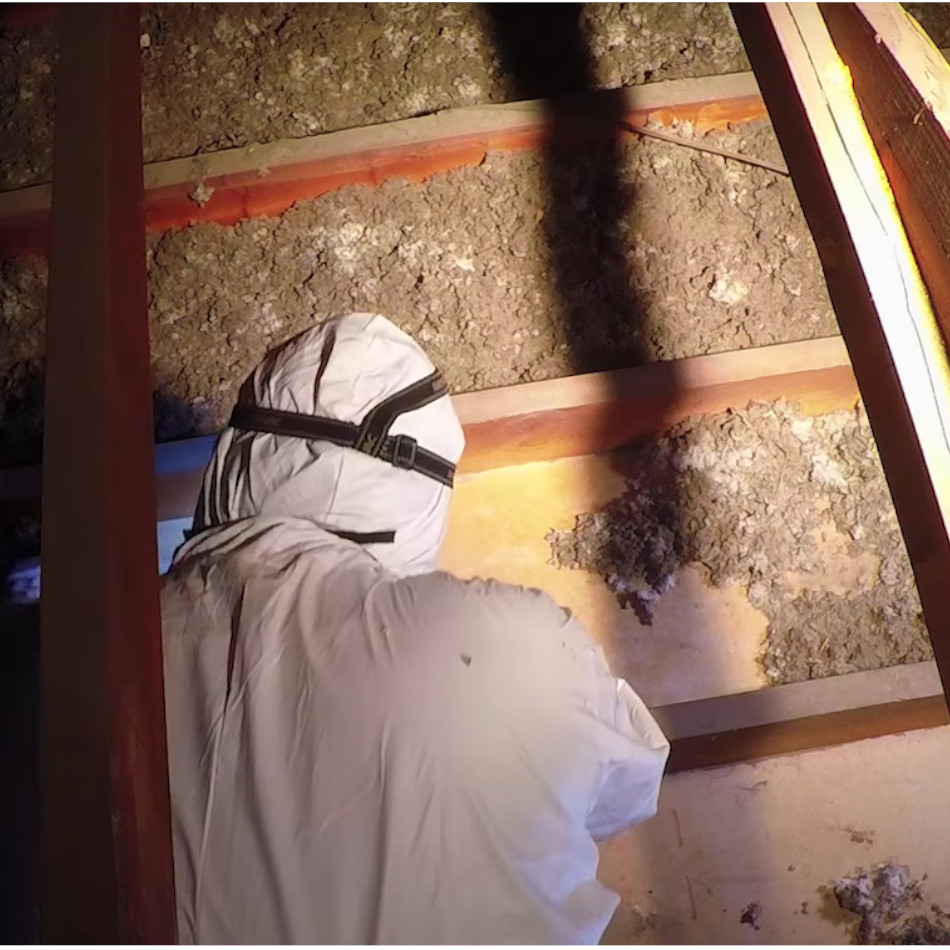
Second of all, your loft probably has ventilation. Those vets will allow some moisture to get into the loft space.
Fibrous material does retain moisture. That means, that at some point, fiberglass probably got saturated, at least a little bit and it’s retaining that moisture. We all know that moisture problems can lead to mould and all kinds of nasty things so you want to get that out of there.
Pets, same thing, if you've ever had any type of rodent issue, a bat problem or anything like that inside that loft space, those animals have probably left some type of gift behind for you. These rodents can bring a number of diseases with them, so it’s best not to leave that old insulation in place as an invitation to them. It stays inside that insulation material, it doesn’t just go away. All those issues potentially can cause health problems inside the house obviously, it can affect your indoor air quality as well.
Another good reason to remove that old, ineffective insulation in your home has everything to do with keeping your family healthy. Fibreglass and cellulose are known to retain allergens. These issues can lead to health problems, which is something you want to avoid.
HOW THICK SHOULD BE THE LOFT INSULATION ?
The recommended depth of glass or mineral wool insulation for a loft is 250mm to 270 mm and having less will cost you in your heating, far more than the cost to top it up. In old houses, insulation was often added to just 100mm of the depth of the rafters or floor joists. This means that many homes are under insulated, and will therefore need topping up, or new insulation added.
Related articles:
MINERAL WOOL INSULATION. THE UGLY TRUTH?
BUILDING REGULATION PART L CHANGES
SPRAY FOAM INSULATION - IS IT REALLY THAT GOOD?
HOW TO CUT FIBREGLASS INSULATION
*All the information provided in the content published on Insulationgo blog is for informational and educational purposes only. Insulationgo LTD makes every effort to ensure the accuracy and timeliness of the content, but we do not assume any responsibility for any errors or omissions.
The information presented on this blog should not be considered as professional advice or a substitute for consulting relevant experts. Before making any purchase decisions or taking action based on the information presented here, it is strongly recommended to contact the product manufacturer directly to verify the details and ensure its suitability for your specific needs.
By using this blog, you acknowledge and agree that Insulationgo LTD shall not be held liable for any damages, losses, or inconveniences arising from the use or reliance on the information provided herein. This limitation of liability applies to all users of the blog, including but not limited to visitors, readers, and subscribers.










































































































